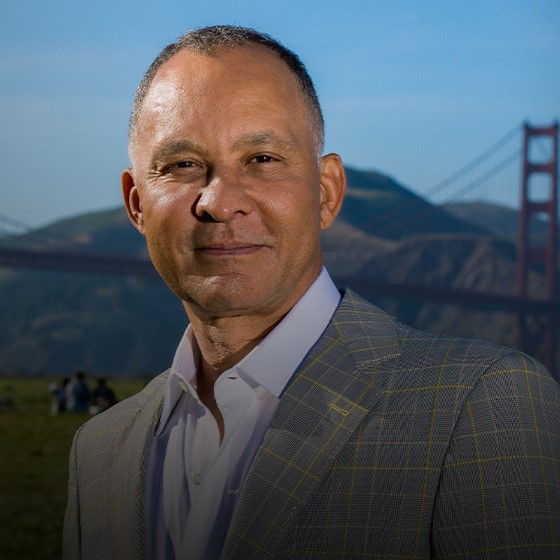Gynecomastia is a condition that causes excess breast tissue in males as well as other symptoms, which can have a negative impact on an individual’s self-esteem and mental health. For cases of true gynecomastia, gynecomastia surgery is the most effective treatment option for permanent results. However, before choosing to undergo any form of surgery, it is important to understand what to expect post-op. Read on for an overview of what to expect following gynecomastia surgery and how to manage any discomfort.
What to Expect After Gynecomastia Surgery
Ultimately, the recovery time following surgery depends on the individual patient, the invasiveness of the surgery, and how well the patient adheres to aftercare instructions. However, the typical recovery time for most patients is 4-6 weeks.
For the first few days directly after surgery, you may experience discomfort, tenderness, and tightness in the chest area. Some people may also experience some nausea from the anesthesia used during the procedure. Swelling of the chest area is also to be expected, which can be reduced with the use of a chest compression garment.
By weeks 3-4, compression garments may no longer be required. The majority of swelling and bruising should be resolved, revealing more accurate visual results of the procedure.
By week 6 the recovery process should be near or at completion. Most patients will be able to freely return to most forms of exercise, including movements that put a strain on the chest area. Some mild swelling may still be noticeable in the pectoralis majors, which will naturally resolve over the next couple of weeks.
Pain Management
Mild to moderate pain or discomfort is to be expected following any type of surgery, especially during the first few days. Over-the-counter or prescription pain medication can help with this. Pain severity will depend on the individual and their tolerance level. While some discomfort is to be expected, please do not hesitate to reach out to Dr. Delgado if you are experiencing severe pain or are unsure if you are healing properly.
Tips For a Quick Gynecomastia Surgery Recovery
The healing process following gynecomastia surgery is usually quite easy. While Dr. Delgado will provide you with specific post-surgery instructions, here are some basic tips to help ensure a speedy recovery.
- Wear your compression garment as directed. You will be required to wear a compression garment to ensure proper healing of the chest for the best possible outcomes.
- Attend all post-op appointments with Dr. Delgado, which are imperative to ensure proper healing.
- Cold compresses can be applied to the chest to help reduce swelling and discomfort. However, you should never apply an ice pack directly to the skin! Instead, place an ice pack in a cloth or towel and then place it against your skin.
- Stay hydrated by drinking at least 64 ounces of water a day.
- Sleep on your back. Propping yourself up with pillows can help this position feel more comfortable after your male breast reduction surgery.
- Limit any physical activity until you are cleared by Dr. Delgado. For one month following surgery, you should avoid chest and arm exercises. Full body training can often be resumed about one month following surgery. An inability to follow these guidelines may delay healing.
Gynecomastia Specialist in San Francisco
If you are considering gynecomastia surgery or would like to learn more about this treatment option, please contact Dr. Delgado today. A highly skilled board-certified plastic surgeon, Dr. Delgado has been treating patients with gynecomastia for over 30 years and is committed to providing natural-looking surgical outcomes for his patients.
Gynecomastia FAQs
Are there other procedures that can be combined with gynecomastia surgery?
Another common procedure that can be performed in conjunction with gynecomastia surgery is nipple reduction surgery. More surgery options can be found on gynecomastia-specialist.com
What causes gynecomastia in males?
Gynecomastia can be caused by hormonal imbalance, specific medicines, drugs, or anabolic steroid use.
What are some common complications associated with gynecomastia surgery?
As with any form of surgery, there is a risk of complications with gynecomastia surgery. These may include but are not limited to, bruising, bleeding, wound infections, allergic reactions, asymmetries, loose breast skin, and more. However, when performed by a skilled, board-certified plastic surgeon such as Dr. Delgado, these risks are greatly reduced.
Note: If you ever experience trouble breathing, chest pain, or rapid blood loss following any type of surgical procedure, it is deemed a medical emergency and you should seek medical attention immediately.
What are the most common symptoms of gynecomastia?
Gynecomastia is often characterized by the following symptoms:
- Enlarged or excess tissue in the breast area
- Puffiness beneath the nipple
- Nipple discomfort/pain
- Nipple discharge
Are all cases of gynecomastia treated the same?
Overall treatment depends on your individual symptoms, your desired outcomes, and your overall health. For example, severe cases of gynecomastia may be treated differently than mild cases.
How do I prepare for gynecomastia surgery?
Prior to your surgery, Dr. Delgado may have you adjust or stop certain medications such as blood thinners, stop smoking, and more. Preparation steps can be discussed during your consultation appointment.

